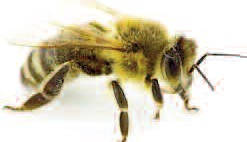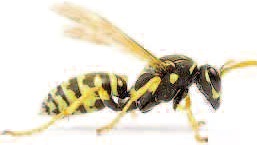 GARDEN WORKS
GARDEN WORKS
by Emily Cates
What a busy time of year, plum full of chores to finish and fruits to process! Whilst hauling a cartload of garlic plants from one corner of the yard to the place where I clean and prepare them for curing, I happened to walk by the plum patch. Then and there my nose was greeted with the delightful aroma of ripening plums. Visions of plum cobblers danced in my head! Yes, I thought, I will pick these as soon as I bunch the garlic….. (which, by the way, I didn’t finish until 2 a.m.). Thankfully, when I was finally able to get out there and pick the plums, many were just right for harvesting. I was able to pick enough Purple Hearts and Cochecos to share at a family reunion and make a cobbler or two.
In fact, as I type, I am finishing a snack of plum cobbler with banana custard, trying with all my might not to besmirch the keyboard with a sticky, gooey, yummy mess. So with the lingering perfume in my yard and the delightful flavor on my palate, I am compelled to extol the virtues of this wonderful fruit in this article. We’ll look at what types of plums are most suitable for growing in our area, cultivation tips, and personal favorites. If you like plums, this is the article for you!
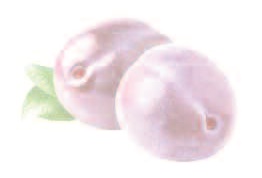
Plums, known as Prunus sp., are divided into several groups, among them are: American Plum – P. americana, P. nigra, P. besseyi, and P. maritima; Asian Plum – P. salicina; European Plum – P. domestica. Hybrids of American and Asian plums are commonly offered in the nursery trade as well. If you plan on growing plums, remember that they generally need to be pollinated by an adjacent plum tree from same compatible group with an overlapping bloom time. European plums are oftentimes self-fertile and are unable to pollinate or hybridize with American or Asian plums or their hybrids. So if you only have room for one tree, consider planting a European plum. Conversely, if space is not an issue, American, Asian, or hybrid plums are a great option. Remember, too, that more than one variety of plum of the same group can grow on a tree if it’s grafted! European plums take several years to bear and are oftentimes larger trees, while the others can bear sooner and are mostly smaller, more compact trees.
American, Asian, and Hybrid plums (Group A) appreciate full sun, well-drained soil, and a site where late-spring frosts are avoided. They generally are cold-hardier than European plums (Group B) – which are more tolerant of heavier soils. Group A plums have tendencies toward suckering like crazy and forming thickets, while Group B plums tend to grow as a single tree. Though not always the case, Group A can be susceptible to a disease called brown rot, and Group B is more likely to have problems with black knot. Make sure to prune off and burn any branches with abnormalities, especially if you spot something that looks like a dog pooped in your tree (black knot). Good airflow and sun exposure can do much to keep a plum tree healthy. Other than a yearly late-winter pruning, an application of slow-release azomite and a nice mulch, plum trees are relatively easy to care for if you keep ahead of their diseases. Resistant varieties might be a good choice for areas where plum pestilences are common.
I never spray my plums and always have enough to share. Some folks have problems with the plum curculio and apply Surround, a spray made from clay. The Fedco Trees catalog (in which you’ll find most of the trees mentioned in this article) suggests planting garlic in the plum patch. Chickens are said to be good predators for these pesky bugs, and cardboard laid on the ground under the tree smothers the curculio pupae. Japanese beetles can be a problem for time to time, though the trees will recover. If you’re worried, shake them off the tree into a bucket of soapy water. Yellow jackets will appear as the fruits ripen to perfection, and they seem busiest in the morning and on sunny days. You might beat them to the plums on a windy, rainy, cloudy day, or at sundown.
Now for my favorite part of this article! Really, the best way to find out if you like the taste of a plum is to try it. Right now the Purple Heart, Cocheco, and Black Ice plums are ripe. These are my favorites from Group A, simply because they are early and delicious. Purple Heart is hands down my favorite, is possibly the best plum in the world, and probably would be yours, too. No other plum compares with such an intense, spicy explosion of fragrance and flavor. The tree is susceptible to black knot, occasionally will get a bout of brown rot, and has an odd tendency to grow a curve in it’s trunk. I can certainly overlook these issues in favor of those fabulous purple, medium-large sized heart-shaped fruits that are delightful however you eat them- whether fresh or in desserts and sauce. Cocheco is the most beautiful plum tree I’ve seen- with red leaves, bark, and fruit. The upright-growing tree is healthy and vigorous. The soft, sweet medium-small round plums fade from red to an orangey-pink when ripe. They are delicious fresh. Black Ice is a wonderful, unique, large, round, dark purple plum with a scrumptiously sweet and mild flavor that is wonderful eaten on the spot. In fact, I don’t believe I’ve ever tried them cooked because they simply do not make it to my kitchen! Other delectable plums from Group A include LaCrescent, Pembina, Superior, Tecumseh, and Underwood.
Of the Group B plums, Stanley – a large blue European oblong sweet plum- is among the best flavored of the prune types; It’s great fresh, dried, and in desserts and sauces. The “Gage” – type plums, such as Golden Transparent and Green Gage, are small, round, candy-sweet and wonderful.
Wild and seedling plums – though usually inferior in qualities than named varieties, make delicious sauce when fully ripe. They’re great when you’re feeling a bit on the wild side. I double dare you to try them!
Well, I better get back to the garden. Until next time, enjoy the dog days of August and all the delightful fruits and veggies that are ready to be savored right now.
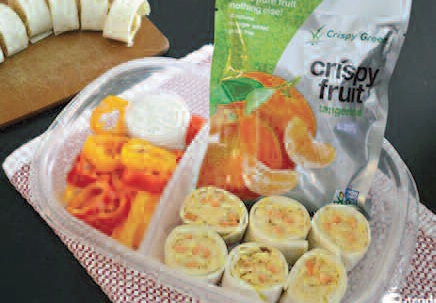


 GARDEN WORKS
GARDEN WORKS
 by Katie Ouilette
by Katie Ouilette REVIEW POTPOURRI
REVIEW POTPOURRI


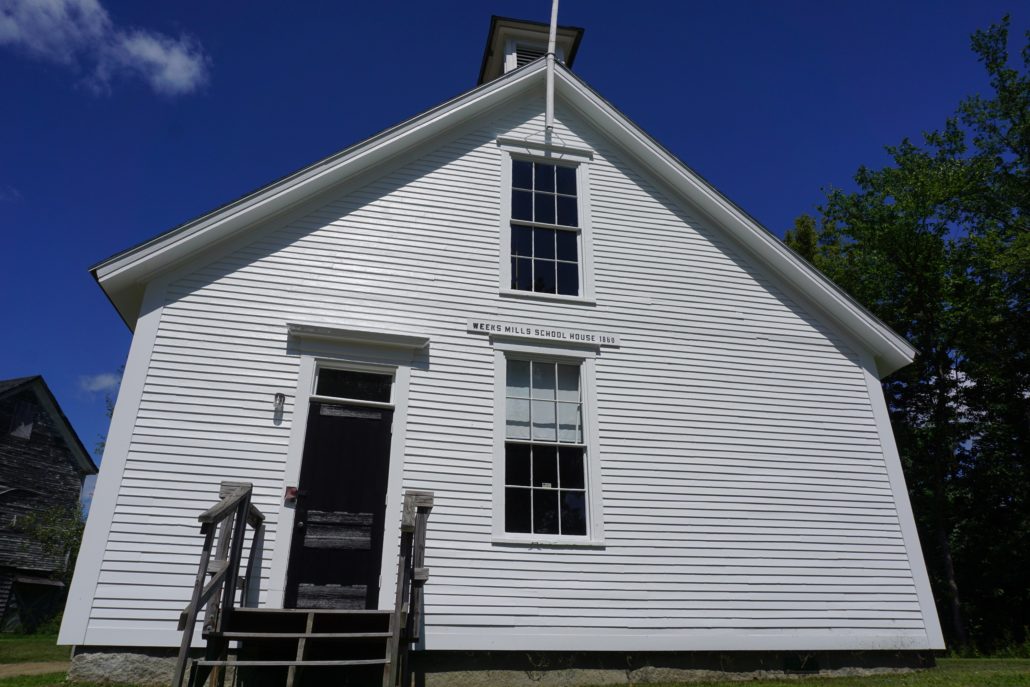
 by Eric W. Austin
by Eric W. Austin by Marilyn Rogers-Bull & Percy
by Marilyn Rogers-Bull & Percy

 SCORES & OUTDOORS
SCORES & OUTDOORS